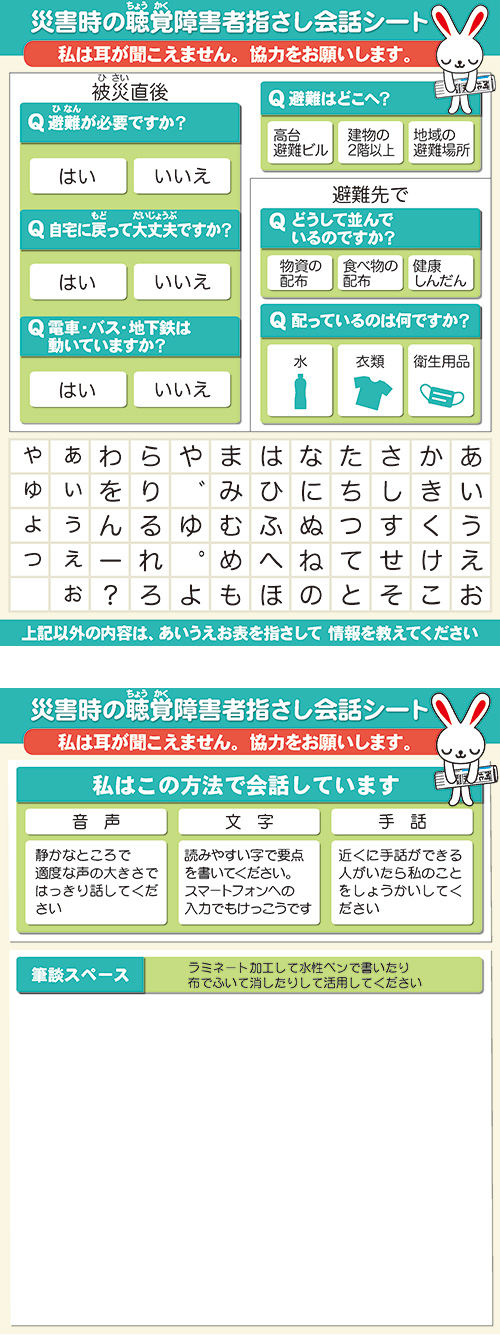Part 10: Tsunami Fires (3-End) Fragility / Major Oil Spill, a Sea of Flames




During the Great East Japan Earthquake, Kesennuma Bay transformed into a sea of fire. A major spillage of heavy oil from a fuel tank, which was destroyed by the tsunami, intensified the fire.
Immediately after the earthquake, Hironori Kumagai (45), head of the inn “Onabeya” in Sakanamachi, Kesennuma City, Miyagi Prefecture, took his fishing boat to the bay to protect it from the tsunami. After avoiding the first wave in the inner bay, he was astonished by the abnormal conditions of the ocean.
The surface of the water was entirely black. “The tsunami was approaching, but the surface of the sea was smooth and flat, without so much as a splash.” A thick layer of oil spread out, and a strong odor hit his nose.
At the entrance of the bay was a group of fuel tanks that stored heavy oil and gasoline to fuel fishing boats. Broken storage tanks drifted in the sea along with spilled oil, and came floating by. From his boat, Kumagai could see the black smoke rising.
He saved a man who had been grasping onto debris, and watched over the situation in the bay. Flames that rose on the west bank of the bay were fanned by the west wind and reached the opposite bank, spreading swiftly along the coast.
The picture of hell became clearly visible after sundown. “Burning debris was caught in whirlpools at several dozen areas in the bay. The flames rose around three to four meters high. Fire ran across the oily surface of the ocean if the debris even drew close.”
Several boats near Kumagai were escaping every which way, overwhelmed by the smoke. The wind direction changed to east, and a strip of fire closed in from the eastern bank. A chill ran down his back.
“I might burn with the boat.” Kumagai braced himself and took to the helm. He changed directions repeatedly as he dodged the flames and drifting debris, and finally, jumped down from the prow to the flooded wharf. It was around five hours of desperate wandering in a sea of fire.
According to Kesennuma City, 22 out of 23 tanks (carrying 40 to 3,000 kiloliters) that were in the Minami Kesennuma District were destroyed by the tsunami. The amount of oil spilled is estimated to be 11,500 kiloliters, centering on heavy oil as well as light oil and gasoline. This could fill 32 swimming pools with a length of 25 meters.
The debris that drifted among the waves continued burning for a long time. They rode on the winds and tsunami, and triggered a great fire which spread to the isolated island of Oshima.
Why did the debris on the ocean surface continue burning? After the earthquake, multiple research institutions pointed out the possibility of wood soaking in the heavy oil, and acting as a candle wick.
The flames spread along the sea and burned across a large expanse. The tsunami fire of Kesennuma Bay revealed the disaster risks that lay in the coastal industrial zones, where fuel tanks concentrate.
◎Strengthening the tank structure / Reviewing countermeasures at coastal industrial zones
Kesennuma City will begin rebuilding the fuel tanks that were destroyed by the tsunami. Using the government reconstruction grant, they will build eight tanks (7,000 kiloliters total) in the Minami Kesennuma District. With operation costs of 3.15 billion yen, they expect completion by fall 2016.
There is a certain tank that is structurally resistant to earthquakes and tsunamis, and acts as a good example. Sendai Harbor of Miyagino Ward, Sendai City was hit by a tsunami over seven meters high in the Great East Japan Earthquake. Two water supply tanks were submerged, and a container vessel collided with one of them, but both tanks avoided major damage to their main body.
Both had a prestressed concrete (PC) structure, with piano wires embedded in their concrete walls to increase durability. This structure is used for water supply tanks of high capacity with strong water pressure, in contrast to fuel tanks, which are typically made of steel plates.
Kesennuma City officials plan to adopt the PC construction method for fuel tanks, noting that it could prevent the tanks from being washed away by a tsunami the scale of the Great East Japan Earthquake, and allow them to withstand collision from floating debris.
The risk that fuel tanks in coastal industrial zones could be destroyed by a tsunami was identified before the earthquake, but virtually no countermeasures had been taken.
After the disaster, the Fire and Disaster Management Agency examined the relationship between depth of inundation and extent of damage at fuel tanks in both Iwate and Miyagi Prefectures. They found that the pipes burst at an inundation depth of “2.5 to 5 meters,” and when it rose “above 5 meters,” the main body of the tank suffered damage as well.
Based on the data, they created a simulation model of tsunami damage, and instructed 33 prefectures with petrochemical complexes to review their disaster prevention plans.
In this disaster, oil spilled even from damaged pipes. The Fire and Disaster Management Agency expanded the subject of their requirement to install emergency shutdown valves, which prevent fuel leakage from the pipes, from tanks with a capacity of over 10 thousand kiloliters to over 1000 kiloliters.
Dr. Shinsaku Zama, Visiting Professor of Yokohama National University (earthquake disaster prevention studies), indicates, “If a tsunami the scale of the Great East Japan Earthquake comes flooding in, the main body of the tank would not be safe either. There is an urgent need to consider a system that would lighten the impact on residential areas, involving the petroleum and gas industries as a whole in the effort. ”
Translated by Anna Wada
July 13, 2014 (Sun.)
[Japanese] http://www.kahoku.co.jp/special/spe1114/20140713_01.html
 朝刊・夕刊
朝刊・夕刊 記事を探す
記事を探す FAQ
FAQ







